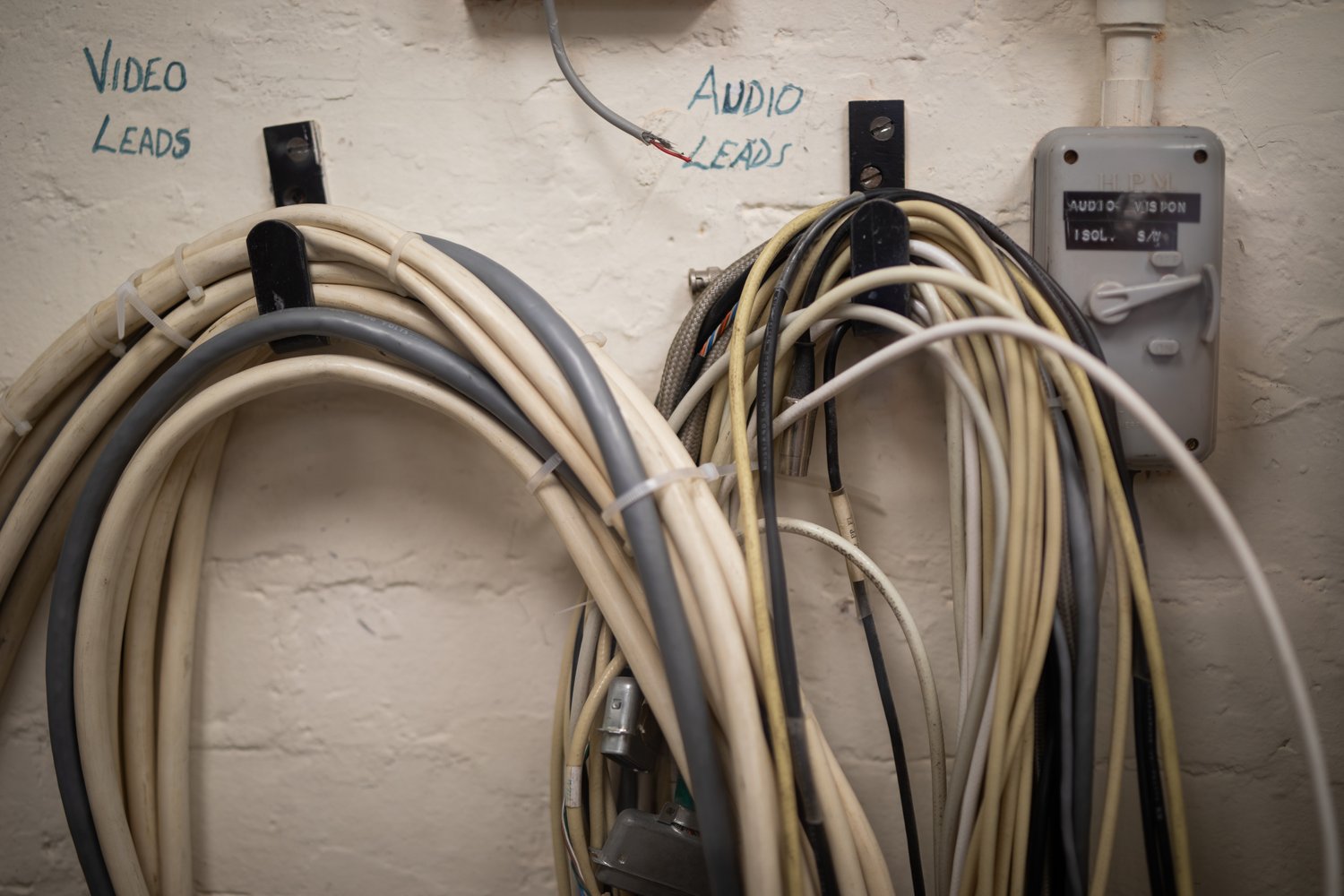Exposed wiring lurking in your basement might not just be an eyesore; it poses serious safety threats and potential code violations that shouldn’t be ignored. This article delves into practical DIY solutions tailored for homeowners, highlighting the urgency and methods to tackle this common household issue.
- Understand the inherent risks that exposed wiring can introduce to your home environment and why immediate attention is essential.
- Discover the indispensable tools and materials necessary to safely organize and protect exposed electrical lines, enhancing overall safety.
- Explore step-by-step methods to effectively safeguard and manage your basement’s wiring, particularly with materials and tools commonly available.
By the end of this article, you’ll have a clear roadmap to address the exposed wiring in your basement with confidence and assurance, promoting both safety and compliance within your home’s electrical framework.
Understanding Risks: Exposed Wiring in Basement? Safe DIY Solutions to Organize and Protect Electrical Lines
Exposed wiring in basements presents a range of significant risks that homeowners cannot afford to ignore. One of the primary concerns is the potential for electrical shocks, which can occur if someone accidentally comes into contact with live wires. This is particularly dangerous in environments where moisture is prevalent, such as basements, thus increasing the risk of electrical hazards.
Beyond personal safety, exposed electrical lines can lead to code violations and hefty fines. Building codes require specific standards for wiring installations to ensure safety and reliability. Failure to comply with these regulations not only compromises your home’s electrical safety but can also impact property value and insurance eligibility.
Moreover, exposed wiring is susceptible to physical damage, which may be caused by everyday activities or household pests. Damaged wires elevate the risk of electrical fires significantly. Therefore, addressing exposed wiring promptly is essential. Undertaking DIY solutions to organize and protect these cables helps mitigate these risks, ensuring your basement remains a safe space.
Essential Tools and Materials for DIY Electrical Safety
Tackling exposed wiring in your basement requires the right set of tools and materials to ensure both safety and efficiency. Below, you’ll find a guide to the essential items needed for this DIY task, which are readily available at most hardware stores.
Cable Clamps: These are used to secure wires to a surface, minimizing movement and reducing the risk of physical damage. Cable clamps are essential for keeping wires neatly organized and safely fastened.
Conduits: Installing conduits around exposed wiring provides an extra layer of protection. They guard against accidental contact and physical damage, particularly in high-traffic areas. Consider using non-metallic conduits for easy installation and corrosion resistance.
Protective Coverings: These materials, such as heat shrink tubing or wire looms, shield wires from environmental damage. They are especially crucial in preventing moisture from coming into contact with live electrical lines.
By equipping yourself with these tools and materials, you can carry out safe and effective DIY solutions for organizing and protecting exposed basement wiring. Always prioritize safety and ensure your solutions meet local building codes and standards.
Effective DIY Methods: Exposed Wiring in Basement? Safe DIY Solutions to Organize and Protect Electrical Lines
Addressing exposed wiring in your basement is not only a matter of improving the aesthetic but also an essential safety measure. Here, we provide detailed steps to safely organize and protect electrical lines using DIY methods.
Firstly, begin by turning off the power supply to the basement area. This is a critical safety step to prevent any accidental electrical shocks. Use a voltage tester to ensure that the power is completely off before proceeding.
Organizing the Wiring: Start by gently untangling any cables and assessing their length and destination. This process will help you identify which wires need more attention and organization.
Use cable clamps to secure the wires along the ceiling or walls. Clamps will keep the wires neatly in place and reduce the risk of them getting snagged or damaged. Ensure that the wiring follows a clear pathway, avoiding unnecessary bends or loops which may cause stress over time.
Protecting the Wiring: Next, consider installing conduits to offer additional protection. Conduits shield the wires from physical damage and help maintain a tidy appearance. When choosing conduits, opt for materials suited to your basement environment, such as PVC or metal conduits for moisture-rich areas.
Securely fasten the conduits with appropriate mounting hardware. Ensure that all connections are tight and the conduit ends are fitted with watertight seals if they’re in contact-prone areas.
Using Protective Coverings: For added safety, use protective cable covers in high-traffic areas where wires are exposed. These covers are easily available and effective in preventing trip hazards and shielding wires from damage. They can be laid over cables running along the floor or any exposed segments.
By implementing these DIY methods, you will enhance the safety and functionality of your basement’s electrical system. These steps are simple, yet they rely on easy-to-access materials and tools, making them accessible for most homeowners.
Remember, if you encounter any complex electrical issues or are uncertain about the task, it’s always best to consult with a professional electrician to ensure compliance with local electric codes and standards.
FAQs on Organizing and Protecting Exposed Wiring in Basements
What are the risks of exposed wiring in basements?
Exposed wiring can lead to electrical shocks, short circuits, and even fires. It also poses a risk for code violations and insurance issues.
What tools are essential for organizing basement wiring?
Essential tools include cable clamps, insulated staples, wire covers, and conduit pipes.
Can I handle organizing wiring by myself?
Yes, you can handle basic organization tasks with the right tools and knowledge; however, complex issues should be left to professionals.
How can I protect wires from potential damage?
- Use conduit pipes for protection.
- Secure wiring with cable clamps and insulated staples.
- Avoid clutter around the wiring area.
Is it necessary to follow electrical codes?
Yes, adhering to electrical codes is crucial to ensure safety, legality, and adherence to insurance requirements.
When should I call an electrician?
If you notice frayed wires, recurring power issues, or are uncertain about the electrical setup, contact a licensed electrician.





